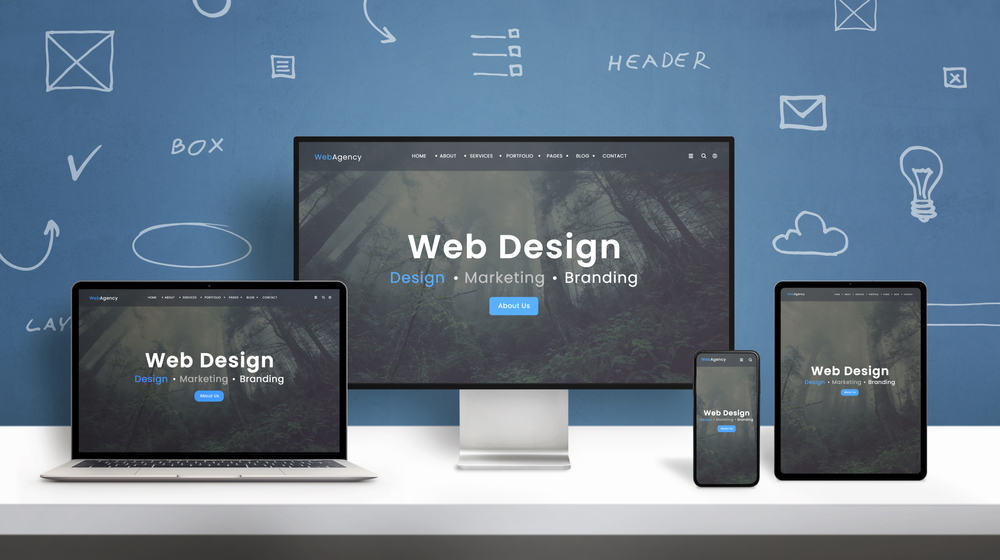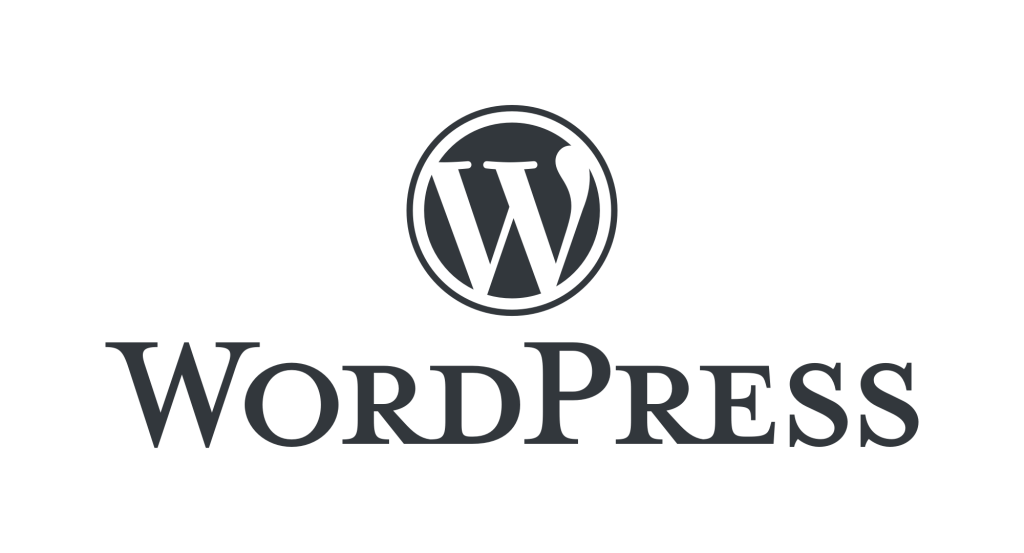Web development is a rapidly evolving field, and staying up-to-date with the latest trends is crucial for developers to create modern, user-friendly, and competitive websites. As we move into 2023, several emerging technologies and practices are shaping the future of web development. In this article, we will explore the top 10 web development trends to watch in 2023, providing insights into their significance, potential benefits, and impact on the industry.
- Progressive Web Applications (PWAs)
Progressive Web Applications (PWAs) have gained significant traction in recent years and are set to become even more prominent in 2023. PWAs combine the best features of web and mobile applications, providing users with an app-like experience directly through their browsers. They offer fast loading times, offline functionality, push notifications, and a seamless user interface. With PWAs, developers can reach a broader audience across different devices and operating systems, eliminating the need for separate native applications.
- Voice User Interface (VUI)
The rise of smart speakers and virtual assistants has fueled the adoption of Voice User Interfaces (VUIs). In 2023, integrating voice commands and interactions into web applications will become increasingly important. Developers will need to optimize their websites to accommodate voice search, voice-based navigation, and voice-activated commands. VUIs enhance user convenience and accessibility, allowing users to interact with websites hands-free and providing a more natural and intuitive user experience.
- Low-Code/No-Code Development
The demand for faster and more efficient development processes has led to the emergence of low-code/no-code development platforms. These platforms allow developers, as well as non-technical individuals, to build web applications with minimal coding knowledge. In 2023, low-code/no-code development will continue to gain popularity, enabling businesses to create prototypes, minimum viable products (MVPs), and even full-fledged applications at an accelerated pace. This trend empowers organizations to quickly respond to market demands and reduce development costs.
- Artificial Intelligence (AI) and Machine Learning (ML)
AI and ML technologies are revolutionizing various industries, and web development is no exception. In 2023, developers will leverage AI and ML algorithms to enhance user experiences, personalize content, and automate repetitive tasks. Chatbots and virtual assistants powered by AI will provide real-time assistance to users, improving customer engagement and support. Additionally, AI-driven data analysis will enable developers to gain valuable insights, optimize website performance, and make data-informed decisions.
- Motion UI and Microinteractions:
Web design is continually evolving, and in 2023, motion UI and microinteractions will play a significant role in creating engaging and interactive user experiences. Motion UI involves the use of animations, transitions, and dynamic elements to bring websites to life. Microinteractions, on the other hand, focus on subtle feedback and small animations that enhance user interactions and provide visual cues. These design trends contribute to a more immersive and visually appealing website, keeping users engaged and increasing overall satisfaction.
- Extended Reality (XR)
Extended Reality (XR), which includes Virtual Reality (VR), Augmented Reality (AR), and Mixed Reality (MR), is poised to reshape web development in 2023. XR technologies enable developers to create immersive and interactive experiences by blending the physical and digital worlds. From virtual showrooms and product visualizations to AR-powered instructions and games, XR opens up new possibilities for engaging users in unique and memorable ways. As XR hardware becomes more accessible and affordable, its integration into web development will undoubtedly increase.
- Dark Mode
Dark mode has gained immense popularity across various platforms, including mobile applications and operating systems. In 2023, dark mode will continue to be a sought-after feature in web development. Dark mode not only offers an aesthetically pleasing alternative to the traditional light theme but also provides several practical benefits such as reduced eye strain and improved battery life on OLED screens. Developers will prioritize implementing dark mode options to enhance user experience and cater to user preferences.
- WebAssembly (Wasm)
WebAssembly (Wasm) is a binary instruction format that allows developers to run high-performance code directly in web browsers. It enables developers to compile languages like C++, Rust, and Go into efficient and secure code that can be executed at near-native speeds. In 2023, Wasm will gain momentum as developers leverage its power to build complex web applications, games, and multimedia experiences that were previously restricted to native development environments. Wasm’s versatility and potential for performance optimization make it an exciting trend to watch in the coming year.
- Cybersecurity and Privacy
As the digital landscape expands, ensuring robust cybersecurity and privacy measures becomes increasingly crucial. In 2023, web developers will emphasize implementing stringent security protocols, including encrypted connections (HTTPS), two-factor authentication, and secure data storage. Additionally, privacy-focused practices such as cookie consent management, data anonymization, and user opt-in/opt-out controls will be given more attention. Prioritizing cybersecurity and privacy will enhance user trust, protect sensitive data, and ensure compliance with evolving regulations.
- Headless CMS:
Traditional Content Management Systems (CMS) often present limitations in terms of flexibility and scalability. Headless CMS decouples the content management backend from the presentation layer, providing developers with more freedom and versatility. In 2023, the adoption of headless CMS architectures will rise as developers seek to build dynamic and personalized experiences across various platforms and devices. Headless CMS enables content distribution through APIs, allowing developers to deliver content to websites, mobile applications, wearables, and IoT devices seamlessly.
The web development landscape in 2023 promises exciting advancements and innovations. From the integration of emerging technologies like PWAs, VUI, and XR to the adoption of low-code/no-code development platforms and AI/ML, developers will have a wide array of tools and trends at their disposal. Keeping an eye on these top 10 web development trends will empower developers to create cutting-edge websites, deliver exceptional user experiences, and stay ahead of the competition in an ever-evolving digital world.


